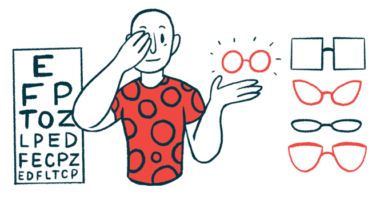
Experimental Treatments for Batten Disease
Gene Therapy
Gene therapies are being researched for Batten disease that would deliver an intact, healthy version of the mutated gene to cells via a harmless viral vector to restore normal function. Gene therapies for Batten are in various stages of testing, including AT-GX-501, which is in Phase 1/2 trials for CLN6 Batten disease.
PLX-100
PLX-100 is an investigational therapy being developed to treat Batten disease. It was recently designated an orphan drug by the U.S. Food and Drug Administration in 2017 as a potential treatment for Batten disease and has been tested in preclinical studies.
PLX-200
PLX-200 is an investigational oral small molecule that was originally developed to lower cholesterol and is being repurposed to potentially treat juvenile Batten disease and late infantile Batten disease. Approval was given to launch a clinical trial in patients with juvenile Batten disease.
RNA Treatments
Ribonucleic acid (RNA) modulators are aimed at overcoming the effects of errors in the DNA by influencing how RNAs are read and carry out the instructions contained in the DNA, thus ensuring that either non-functioning proteins or enzymes are not produced, or the correct ones are. RNA therapies for Batten are currently in the preclinical stage.
Stem Cell Treatment
In Batten disease, it is hoped that stem cell therapy can be used as a treatment to produce the missing protein in the patient’s body or have healthy stem cells develop into, and eventually replace, diseased or defective cells in the patient. Clinical trials of stem cell therapies have been carried out in some types of Batten disease, and preclinical studies in animals are ongoing to improve the approach.




